6 Times F1 Engines Have Powered Other Cars
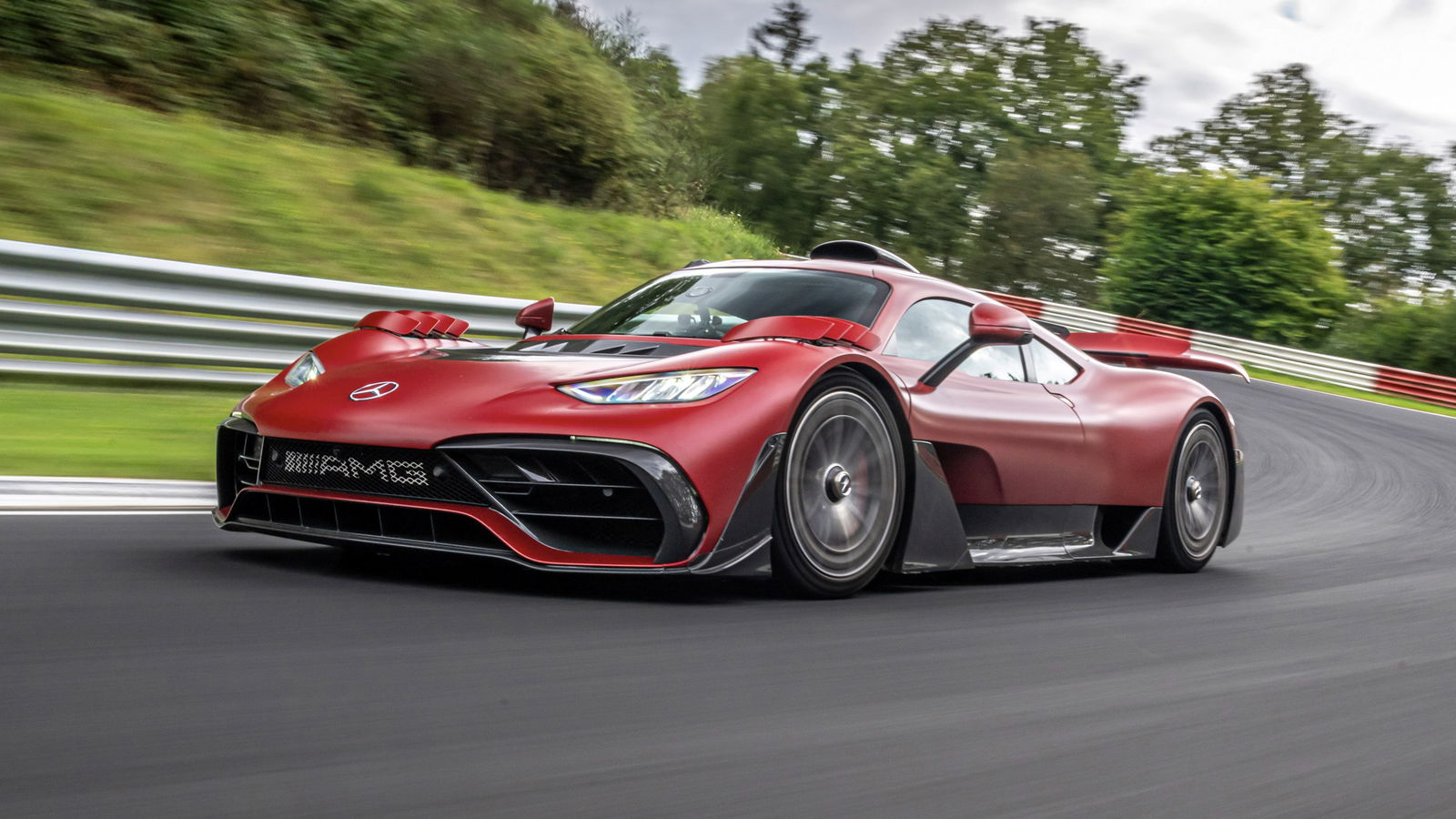
We probably don’t need to tell you this, but Formula 1 engines are very unlike the engines in most other cars. Not just road cars, either – even compared to other racing series, an F1 motor is so highly strung and specially optimised for the exact needs of Formula 1 racing that trying to run one in, say, a Le Mans car would probably end in a very big cloud of smoke.
This has been the way for many decades, but it hasn’t stopped a few brave souls from stuffing Formula 1 engines into other machines. Yes, we know – the Ferrari F50’s V12 was derived from an F1 unit, as was the V10 in the Porsche Carrera GT. But they’re far removed from the racing engines they share their DNA with – we’re talking about instances where Formula 1 powerplants have been dropped with as few changes as possible into non-F1 cars, like these six.
Mercedes-AMG One
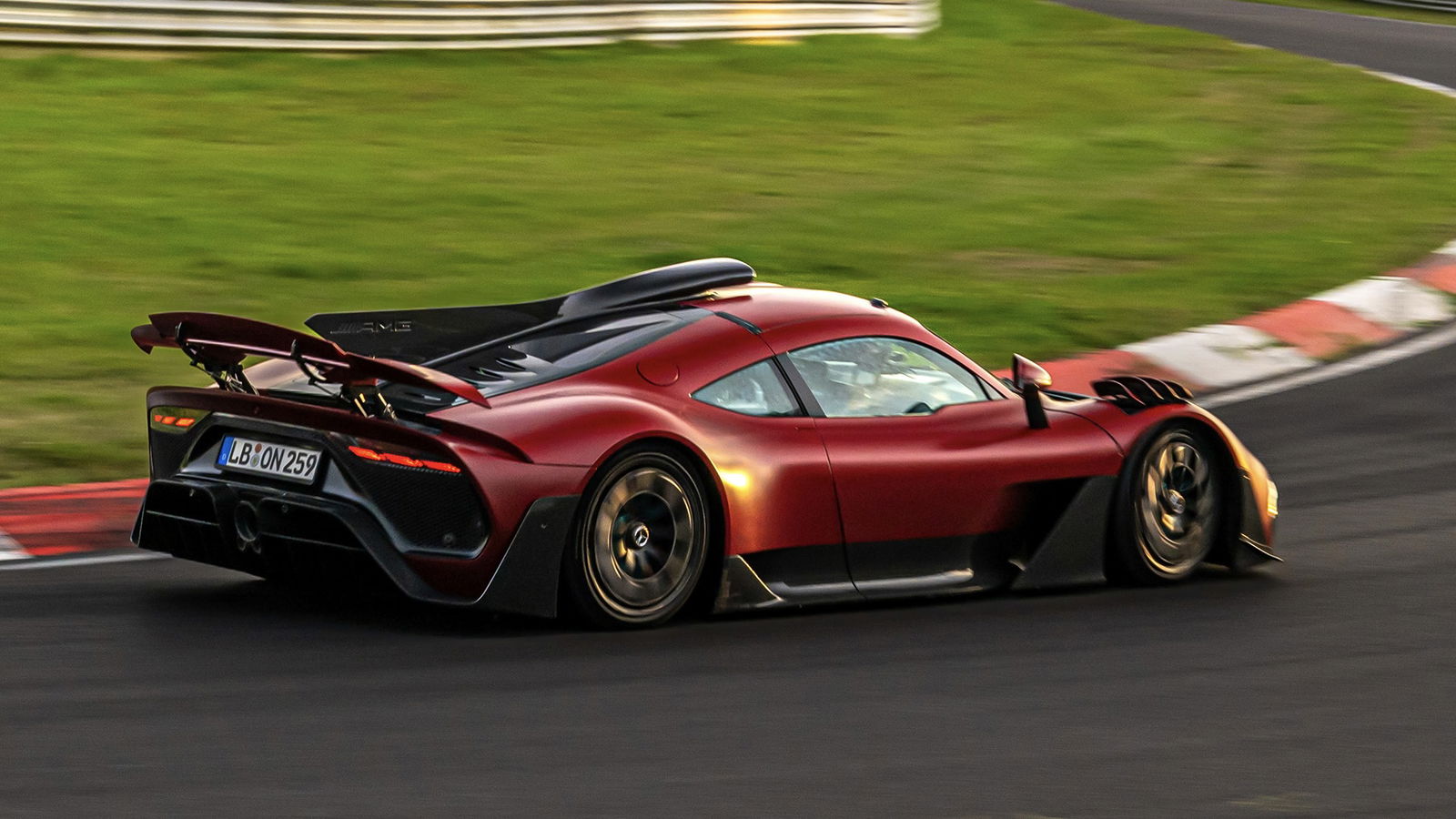
Mercedes’ hybrid hypercar is the only fully-fledged production car you’ve been able to buy in recent years (by ‘you’, we of course mean multi-billionaires) that can genuinely claim to share a powertrain with a Formula 1 car – specifically, the 1.6-litre turbocharged V6 that took Lewis Hamilton to the third of his current seven world championships in 2015.
Even then, it had to undergo some tweaks – things like changes to the compression ratio and crankcase, and the addition of port injection – to make it possible to drive around Monaco when it’s just full of regular traffic, not F1 cars. And just look at its long and troubled development and some fairly high-profile reliability issues for evidence of just how much of a challenge it was to adapt a modern F1 powerplant for road use. This, we feel, isn’t something anyone will be trying again anytime soon.
Yamaha OX99-11
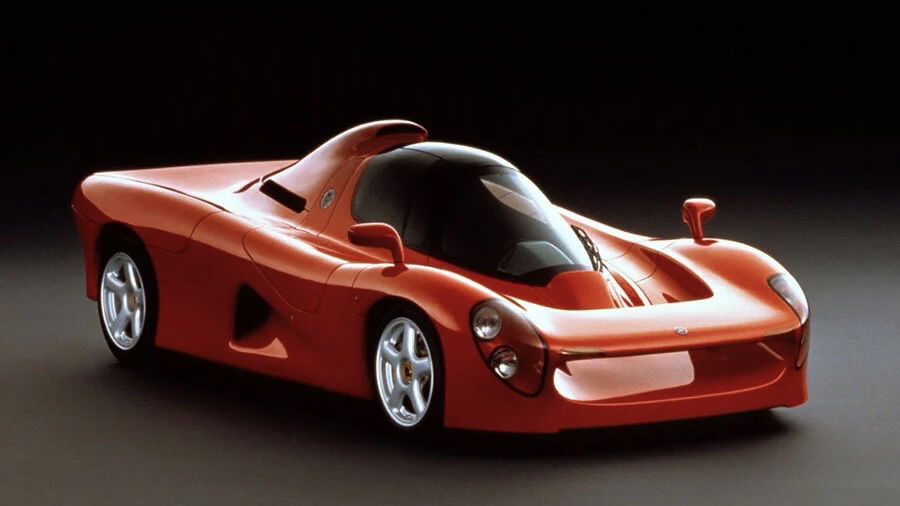
The AMG One, though, wasn’t the first modern-ish attempt to drop an F1 engine almost wholesale into a roadgoing supercar. Bike manufacturer Yamaha supplied a 3.5-litre V12 to various mid-runner F1 teams in the early ’90s, and decided it wanted to use this engine to build the closest thing possible to a road-going F1 car.
The resulting prototype, the OX99-11, had a carbon tub and a central seating position, but most crucially, a detuned version of the F1 V12 bolted directly to the chassis, racecar-style. Although at least a couple of prototypes were completed, the project’s costs quickly spiralled, which saw it canned in 1993.
Alfa Romeo 164 ProCar
The idea of a race series featuring cars that superficially resembled road-going saloons but underneath were mid-engined spaceframe beasts powered by wailing F1 engines is tantalising, and got some way towards happening in the late 1980s when the FIA proposed the ProCar series as a part of a support programme for F1 race weekends.
Unfortunately, only one manufacturer ever publicly expressed interest – Alfa Romeo. In 1988, it dusted off a 3.5-litre F1 V10 it had developed for an ultimately scrapped partnership with the Ligier team a few years earlier, and inserted it into the middle of a car clothed in a carbon-kevlar body that bore a remarkably close resemblance to the 164 saloon. The in-development car was running a few demo laps during that year’s Italian GP weekend, but the proposed series was soon scrapped, and the 164 ProCar remains a what-could-have-been motorsport footnote.
Renault Espace F1
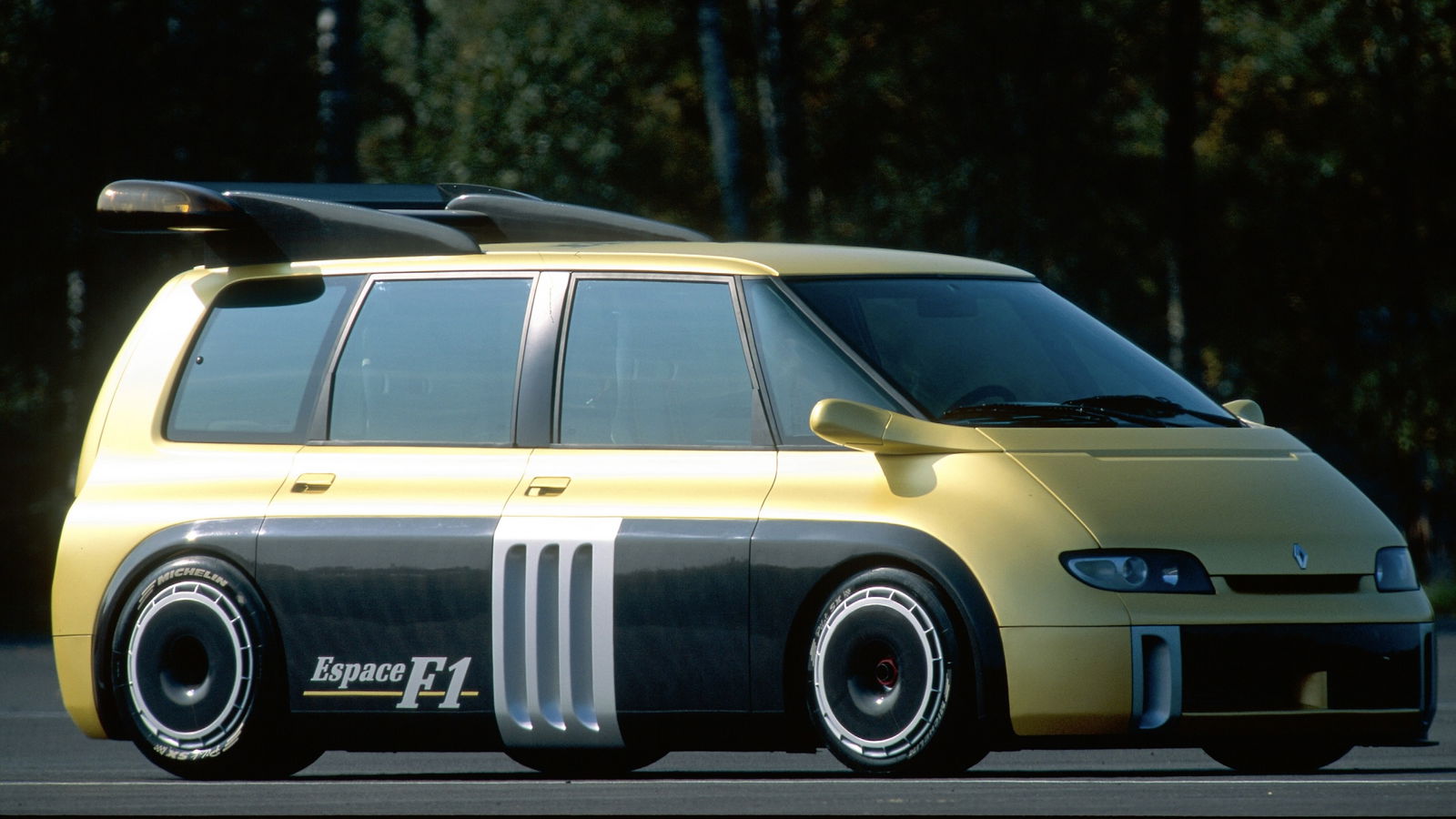
In 1995, Renault opted to celebrate the 10th anniversary of its groundbreaking Espace people carrier in the way all automotive anniversaries should be celebrated – by making a truly ridiculous F1-inspired one-off.
The Espace F1 was built on a bespoke carbon fibre chassis, in the middle of which sat the 3.5-litre V10 Renault was supplying to the hugely successful Williams F1 team at the time. It was little more than a novelty, but the kind of 789bhp, 13,800rpm novelty we love – especially because it still leaned into the practicality aspect of the Espace with four carbon racing seats, the rear pair sitting either side of the V10’s exposed intake trumpets. Probably worth bringing some ear protection for the school run.
Ford Transit Supervan 3 (originally)
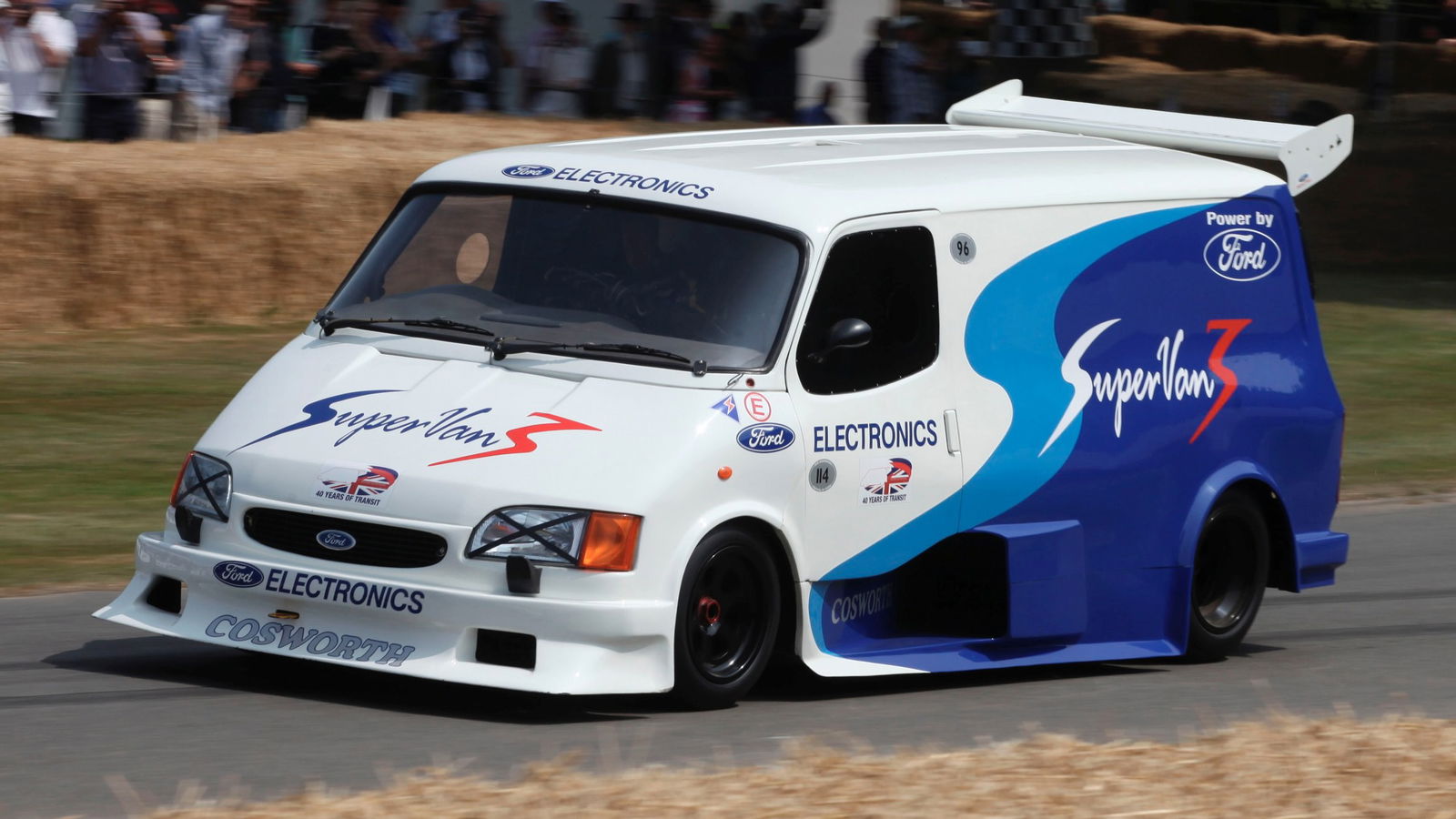
Renault wasn’t the first to jump on the van-shaped, F1-powered PR stunt opportunity, though. That would be Ford, with its series of Supervans that pair motorsport hardware with a body resembling that of Britain’s favourite workhorse.
The first two iterations had endurance racing powerplants, but when Supervan 3 arrived in 1994, it had the same 3.5-litre Ford-Cosworth V8 being supplied to numerous F1 teams at the time. It kept this engine until a 2004 rebuild saw it swapped out for a V6 that was less of a maintenance headache. Rumour has it that this rebuild also saw unprecedented quantities of Twix wrappers and copies of the Daily Express removed from the dash.
Lanzante TAG Turbo
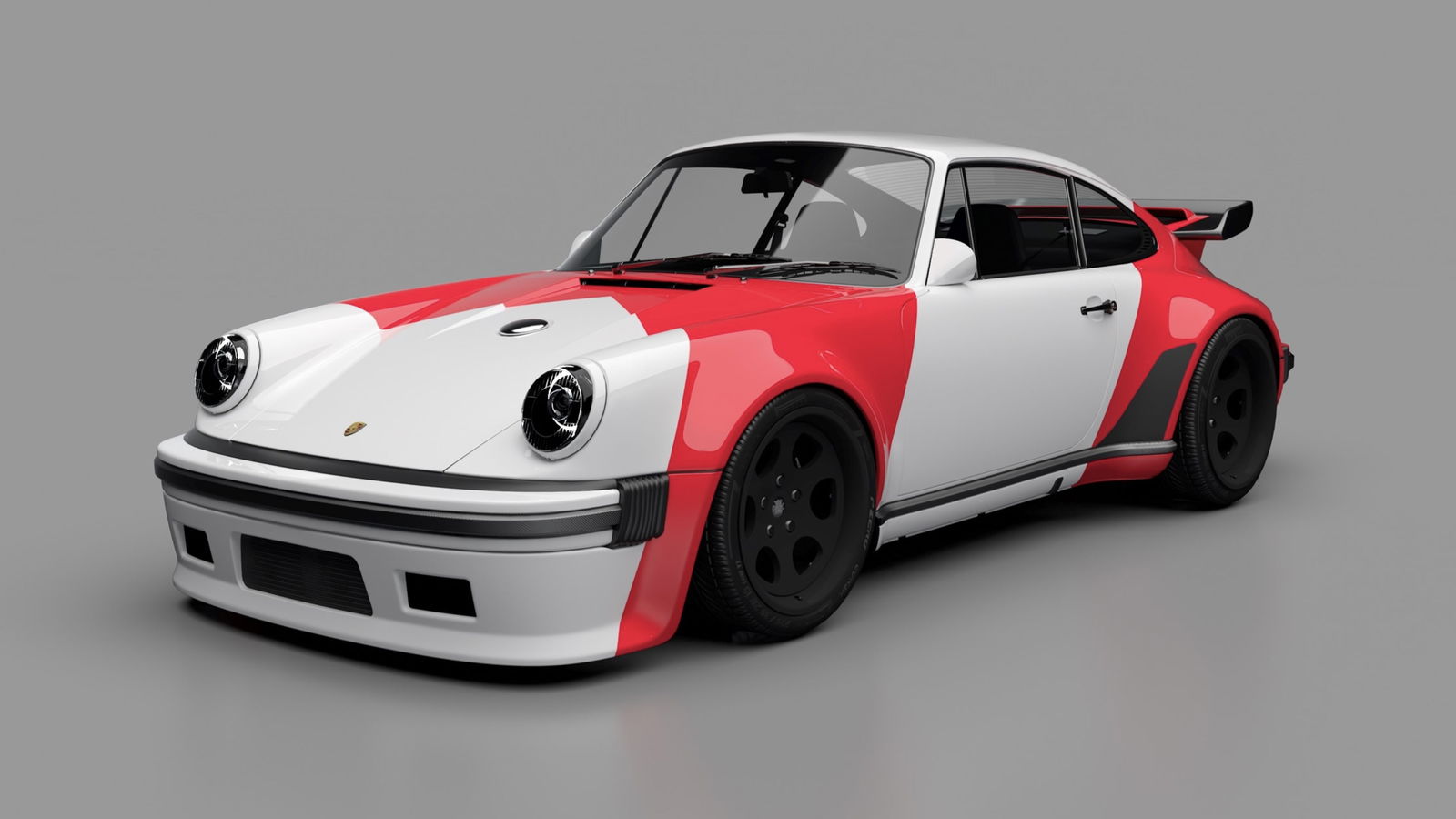
We tend to rightly associate McLaren’s 1980s F1 dominance with the Honda-powered machines piloted by Ayrton Senna and Alain Prost, but the Papaya outfit also won two constructors’ championships – 1984 and 1985 – in cars with TAG-branded engines. These turbo V6s, though, were actually developed by Porsche, which tested them by stuffing them into the back of the infamously wayward 930-shaped 911 Turbo. Which must have been a handful.
Fast forward to the late 2010s, and McLaren specialist Lanzante managed to convince the Woking firm to sell it the supply of these lairy, boosted engines that it still had lying around, hailing from the days when engine changes between races were a regular occurrence and not the kind of thing that saw drivers slapped with massive grid penalties.
It set about bringing them back up to spec, then shoehorning them into a run of modified 930 Turbos – 11 quote-unquote regular models plus three lightweight ‘Championship’ versions – to create a roadgoing homage to this mythical test mule. Because clearly, the 930 wasn’t fesity enough in the first place.

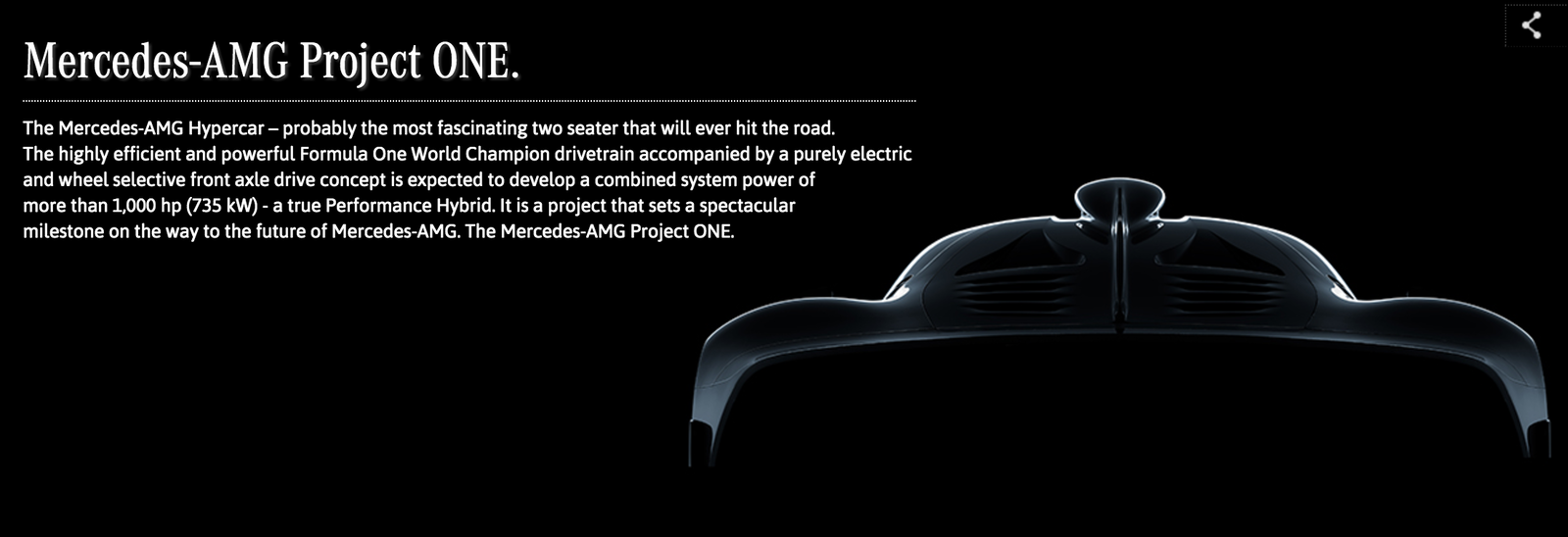

Comments
No matter what happens the F50 will always be my favorite classic/retro type supercar. It’s sooo cool
This is my favorite f1 derived road car.
When your dreamcar gets mentioned in a post……
I read these in a British accent
Late for band practice?
You missed a rather big feature of the 164 Procar there. It’s basically a mid-engined sports prototype. Absolutely nothing is shared with the normal 164 on a technical level.
You just can’t go wrong with a mid engined naturally aspirated V12 and manual gearbox. F50 gets hate for no reason.
I imagine Mercedes asking their clients to submit a health and wellness form to prove that you’re fit to drive one of those things lol.
E60s are nice… until they spit out their rod bearings
,,With Mercedes-AMG’s F1-powered hypercar around the corner…’’
Nice pun😀
Pagination